Poetry is a vast and diverse body of literature that dates back to the ancient times. This lesson will address poetry as a technical and literary genre and introduce very basic processes for analyzing poetry.
Lesson Objectives
- identify the various forms of poetry, the different elements and literary methods and devices
- recognize the different analytical tools to extract meaning from verse
- analyze a poem using basic analytical processes
- create a short poem using the Elements of Poetry
Poems emphasize a special intensity given to the expression of feelings and ideas by the use of distinctive style and rhythm. A quality of beauty and intensity of emotion regarded as characteristic of poems. Poetry is also a type of literature where poets adhere to hard and fast rules or make a poignant effort to break the rules. This makes it difficult to define and analyze poetry. So what makes a poem? Watch the video below.
Poetry compact language by using a wide range of standard and experimental literary devices to expresses complex feelings, ideas, experiences and sentiments that are not easily captured through standard literary means. To identify and interpret the multiple and complex meanings embedded in a poem, readers must examine its words and phrasing from the perspectives of rhythm, sound, images, obvious meaning, and implied meaning. It is then necessary to organize the elements within the verse into a conclusion based on a logical, point-by-point explanation.Like an autopsy, dissecting a poem allow us to develop a deeper understanding of the role and function of its parts. To understand a poem, it is important to address it as a system with each word playing a specific part in the process.
Anatomy of a Poem
Most poems are divided into verses, or chunks of words, which do not need to consist of a complete sentence. Some poems consist of one verse, others have one line and some fill several pages. If the verses are arranged rhythmically, they’re called stanzas. Some popular stanzas include:
- Couplet: a two-line stanza that often rhymes (typically using end rhymes but not always)
- Triplet: a three-line stanza.
- Quatrain: a four-line stanza.
- Sonnet: a 14-line stanza that can be a single poem, or you can have a larger poem that has a bunch of sonnets as its stanzas, so you can get a little creative.
And while verses and stanzas subdivide into lines, lines themselves subdivide into feet, the basic unit of measurement in poetry. Feet to poetry is like a beat to a song. Feet typically follow patterns of stress and emphasis, and the most common are:
- Iambs: one unstressed syllable followed by one stressed syllable; common in English poetry. It goes da-DA.
- Trochee: the reverse of an iamb, a stressed syllable followed by an unstressed syllable, so DA-da.
- Anapest: two unstressed syllables followed by a stressed syllable, so you’ve got da-da-DA.
- Dactyl: the reverse of an anapest, one stressed syllable followed by two unstressed syllables, DA-da-da
- Spondee: two stressed syllables, DA-DA.
The pattern of poetic stresses is called meter, and the sound patterns that result are the rhythm. A common rhythm in English poetry is iambic pentameter which includes five (penta) iambs (iambic), which translates into five sets of unstressed syllables followed by stressed syllables – Shakespeare was a big fan of iambic pentameter. Its called blank verse when it does not rhyme. Some poems have a rhyme scheme; some don’t. Rhyme does not make a poem. A poem can be anything. Identifying the elements of the lines, the rhythm, the meter , etc is called scansion, and that often involves marking and counting all over the poem. Poems that do not conform to meter are called free verse, a poem with no rules.
Comprehension: Identifying the Elements
With the nuts and bolts of Poetry 101 under your belt, we can take a closer look at the elements of meaning and style within poetic composition. This is where we identify the broad and specific purpose of the composition and try to pin down its intended meaning. Analysis in the Humanities is highly subjective because it is influenced by the interpreter’s unique perspectives and experiences. This shapes the analytical lens and is what breathes life into poems and makes them relevant and timeless. Below is a quick rundown of useful analytical tools.
Context
Context provides the foundation for understanding because it situates the poem in a specific social and historical context. consider: Who wrote the poem, and what is known about their life? Consider politics, race, gender, sexuality, age, class etc and how that matters during the time the poem was written. Has the poem been translated? Does is belong to a particular period or literary movement such as feminist, Beat, realist, etc? Are there cultural overtones, slang, icons, references to localized expressions? Consider the context of the slam poetry presented on the Poetry Slam Inc website.
Style
Style helps us to categories the poem and provides an opportunity to compare it to similar pieces. Consider: Is it an epic, a long poem about a great person or national hero? A lyric, a short, musical verse? Is it a narrative, a poem that tells a story? Is it a haiku, an intense, lyrical three-line verse of seventeen syllables? Is it confessional with personal memories and experiences?
Title
The title is the first thing a reader encounters, and it can reflect, contribute, or interact with the overall meaning of thee poem. Consider: Is the title’s meaning obvious? Is it ambiguous or contradictory? Is there historical significance?
Pattern and/or Repetition
Repetition lends pattern and/or emphasis. Reading the poem aloud helps to call out repetitive intent. If repetition exists, consider; what role does it play? Why does it occur? Why is the word or phrase deserving of repetition? Note the repetition in this poem by Chidiock Tichborne in 1586 on the eve before he was executed by Queen Elizabeth, and feel the significant role it plays in emphasizing a specific emotion.
My prime of youth is but a frost of cares, My feast of joy is but a dish of pain, My crop of corn is but a field of tares, And all my good is but vain hope of gain. The day is gone and yet I saw no sun, And now I live, and now my life is done. The spring is past, and yet it hath not sprung, The fruit is dead, and yet the leaves are green, My youth is gone, and yet I am but young, I saw the world, and yet I was not seen, My thread is cut, and yet it was not spun, And now I live, and now my life is done. I sought my death and found it in my womb, I lookt for life and saw it was a shade, I trode the earth and knew it was my tomb, And now I die, and now I am but made. The glass is full, and now the glass is run, And now I live, and now my life is done.
Opening and Closing Lines
Poetic entrance and exit are oftentimes the most impactive and memorable moments in the poetry. Consider: Is there significant information or emotion in the beginning or end? Does the poet intend to begin with a bang or leave a lasting impression? Consider the relationship between the opening and closing lines of Tichborne’s poem above.

Reverse poems invert the opening and closing lines, and this can duplicate a single poem into two with contrasting meanings. A reverse poem can be read forwards (top to bottom) and have one meaning, but can also be read backwards (bottom to top) and have a different or opposite meaning. The structure of reverse poems is usually the same. There are negative and positive statements mixed in with general statements such as, “I believe that” or “It is not true that”. The topic of a reverse poem is usually something that has two opposite viewpoints or sides to it. The Anorexia poem below depicts two very different approaches to self-acceptance. To read more reverse poems, visit ‘5 reverse poems that will blow your mind.’
Passage of Time
The temporal characteristic of the poem affect the emotions associated with experiences such as urgency, leisure, imminence, nostalgia, etc. Consider: What is the time frame? Is there significance to the time (month, season, period, lifecycle, etc). Do patterns in time symbolize something else?
Speaker
The identity of the speaker gives perspective and places a window inside the mind. Consider: Who is the speaker? What is their social positioning? Which person is the voice?
Characters
Characters can symbolize deeper meanings beyond their identity. Consider: Who or what are the characters? What do they represent? Draw from the fiction lesson to address this.
Theme
Locating and identifying theme is crucial to understanding dominant ideas; theme is the poem’s essence. Move beyond the topic, and consider the statement the poet is making.
Rhythm
Movement of sound and words affects the poem. Consider: Does it establish a mood or tone? Read the poem aloud to listen – how does it feel to speak or hear the verse? Listen to Allen Ginsberg read his poem HOWL to identify how sound is used to complement meaning.
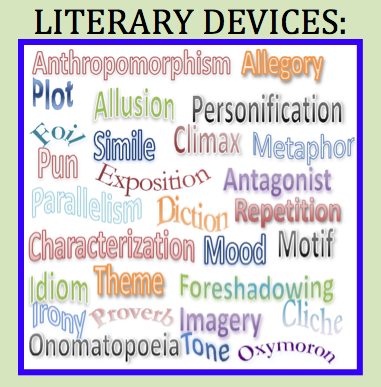
Use of Literary Devices
Poetry makes intense use of literary elements such as symbolism, senses, imagery, language, etc.
- How does the poem rely on literary elements?
- What type of impressions do they create?
- What imagery do the words create in the mind?
- How is that imagery created?
- Does the poet stress pleasant sounds (euphony) or harsh letter combinations (cacophony)?
- Are certain sounds repeated (alliteration, sibilance)?
- Is rhyme present? How is it used?
- Are there words that make a sound that imitates their meaning, such as swoosh, ping pong, clack, boom (onomatopoeia)?
Literary devices are essential in poetry. Visit LiteraryDevices.net to explore other analytical possibilities.
Concrete Poetry
In addition to literary elements, concrete poetry conveys messages and meanings through the visual arrangement of words and letters. The writer of concrete poetry uses typeface and other typographical elements in such a way that chosen units—letter fragments, punctuation marks, graphemes (letters), morphemes (any meaningful linguistic unit), syllables, or words (usually used in a graphic rather than denotative sense)—and graphic spaces form an evocative picture. The origins of concrete poetry are roughly contemporary with those of musique concrète, an experimental technique of musical composition. It attempts to move away from a purely verbal concept of verse toward what its proponents call “verbivocovisual expression,” incorporating geometric and graphic elements into the poetic act or process. It often cannot be read aloud to any effect, and its essence lies in its appearance on the page, not in the words or typographic units that form it. Notable contemporary concrete poets include the brothers Haroldo de Campos and Augusto de Campos. Many contemporary examples of animated concrete poetry can be found on the Internet. The gallery below provides a few examples of concrete poetry.

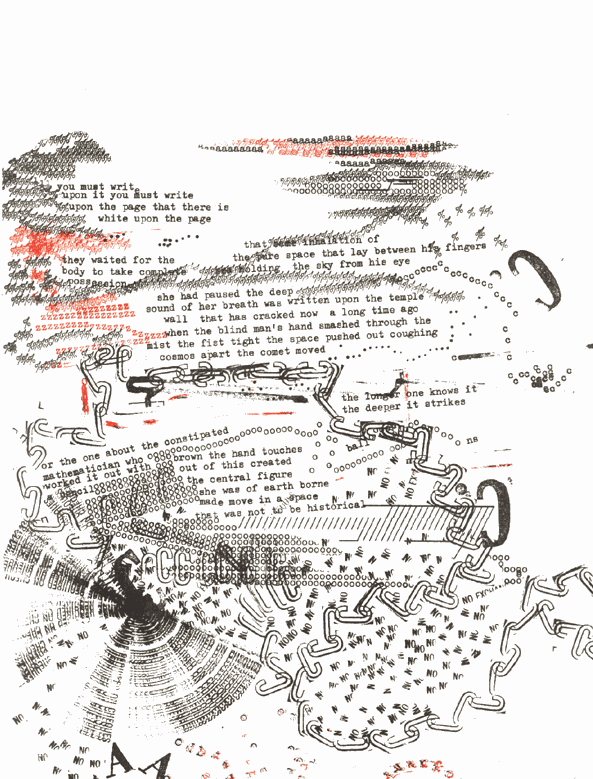

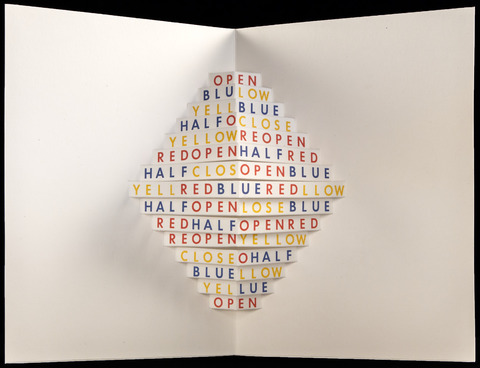

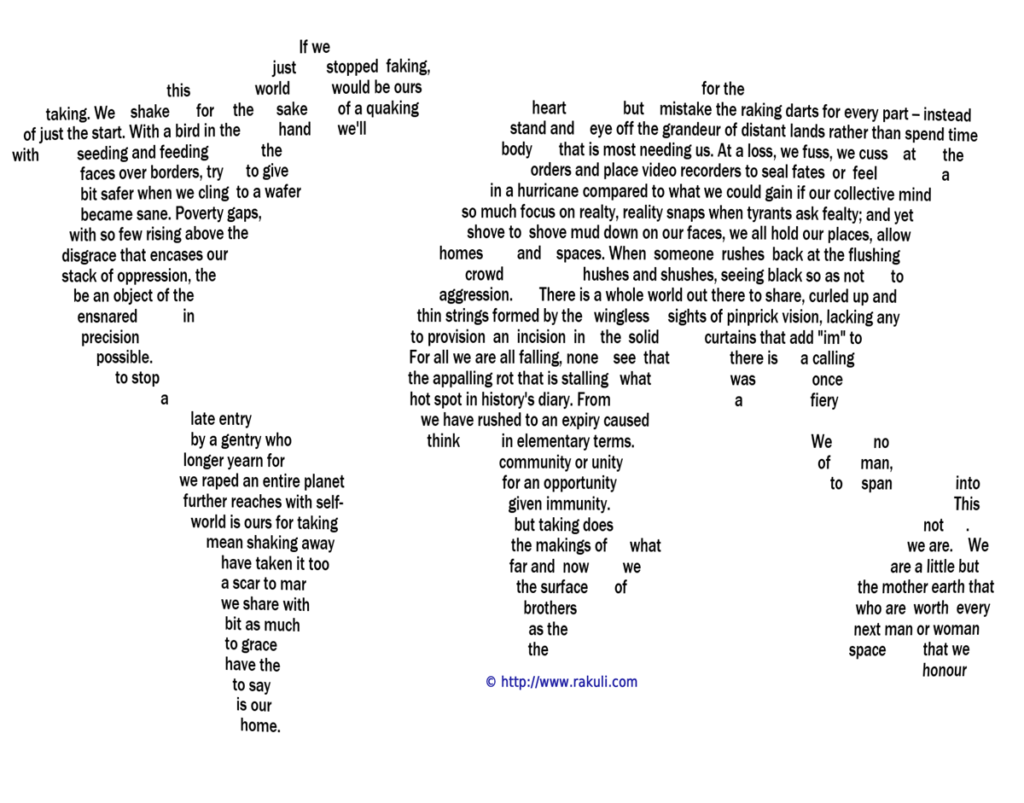
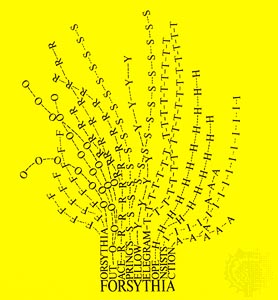
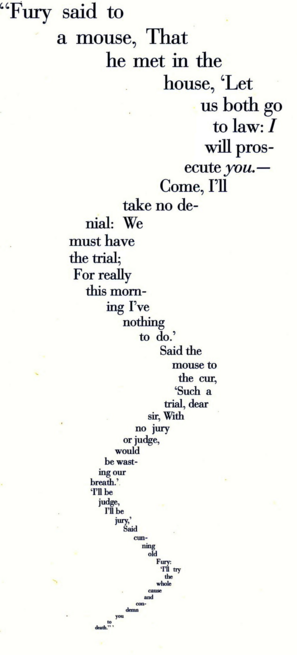

Analysis and Drawing Conclusions
Once you have identified the elements in the poem and assessed the meanings they represent, it is time to formulate a conclusion about the meaning and/or message conveyed by the poem. Keep in mind that each analysis is unique because it is shaped by the analyst’s (your) interpretive lens. So do not worry about being right or wrong, because there are no right or wrong conclusions. Your analysis is about your impressions of the poem, your ides about its meaning, your feelings and emotions brought out by its words, and your conclusions drawn from your interpretation.
References and Resources:
To learn more about poetry in the humanities, explore the links below.
- Browse poems and select one poem for analysis:-
- Purdue OWL – Writing about Poetry
For Discussion in Canvas
Select any poem a write a short (approx 250- word) analysis using the elements of poetry and the same Comprehension – Interpretation – Conclusion literary analysis framework introduced in the Fiction lesson. Place terms and concepts from the lesson in bold or italics to show you used them. Be sure to research the poet and the time period the poem was written in order to evaluate the social and historical context. Copy the poem into the body of your discussion (it does not count toward the word count). Do not forget to read and respond to the poems and analysis contributed by your classmates. (Note: Do not write a haiku, as the haiku lesson is next.)
For Journal Expression
Produce a slam or concrete poem; Use symbolism, metaphor and other elements introduced in this lesson and the fiction lesson that communicates a specific message or meaning to the viewer. In the discussion, embed an image of your concrete poem or a video of your slam poem accompanied with a brief (approx 50 words) explanation of elements in your poem. Check out the video below for ideas, and have fun with it. (Note: Do not write a haiku, as the haiku lesson is next.)
